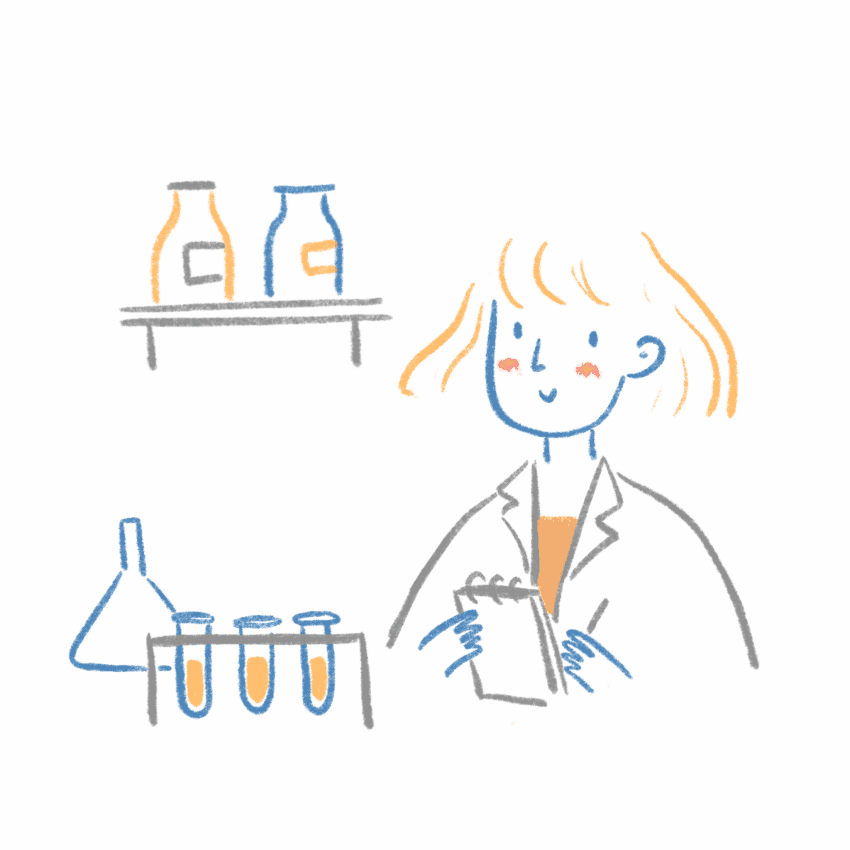
A collaboration between the College of Medicine and the College of Arts and Science has finally come to materialize as the University of Saskatchewan updates its biomedical science programs.
The university catalogue now features four new biomedical science majors: biochemistry, microbiology and immunology; biomedical neuroscience; cellular, physiological and pharmacological sciences; and a three-year biomedical foundations program. Students currently enrolled in previous biomedical sciences undergraduate programs will have the choice to continue their program or declare one of the new majors. New students coming in the 2020-21 school year can only declare one of the new majors.
Scott Napper, a faculty member in the CoM, and Dawn Giesbrecht, a laboratory instructor in the biomedical sciences teaching lab, have been leading this project for the past five years.
The new programs will have new classes as well as some old classes that are getting updated curriculums.
“We tried to be strategic as we were looking at all of our courses,” Napper said. “We only have so long to teach you guys and we want to make the most efficient use of that time.”
One of the ways the two colleges are working together for these new majors is by providing a better laboratory experience for students. A few of the labs used for the former biomedical sciences programs were using dated techniques from 10 to 15 years ago, something that the colleges are now looking forward to updating.
One of the new technologies being introduced in the labs is CRISPR, a powerful genome editing tool. Napper says with tools like CRISPR, students will have more hands-on learning experiences to help them choose which degree is a good fit for them.
“They’re gonna have exactly that opportunity to be an active participant in science, rather than just watching a framework that’s been laid out for them,” Napper said. “I think it’s going to be a really important opportunity for students here.”
In addition to new and improved labs, the university is creating new classes as well. The programs will be offering new epidemiology and pathology classes, something the university has not seen before. Giesbrecht says that these classes are not common in undergraduate programs across the country and are timely due to the COVID-19 pandemic.
“We are very excited to have that up and running,” Giesbrecht said. “I think it will interest a lot of our students, and we’re very proud and excited to be offering that to them as well.”
The biomedical neuroscience program only has a capacity of 40 students per year, due to limited lab capacity and resources, according to Giesbrecht.
“Once we have more time with this program, we can look at what the demand is and if we have the resources to expand that, if there is a need,” Giesbrecht said. “But currently, we need to set that cap at 40 in order to manage that restriction in the lab.”
Despite being up and running, the programs are still a work in progress. Napper says that they will be flexible and will tailor the program to students’ needs based on feedback.
Ultimately, Napper says, these programs were designed with students in mind. The new majors are meant to offer more flexibility for biomedical science students with the ability to tailor their degrees to their interests.
“What we were striving to do was to make small changes with major impacts,” Napper said.
Due to COVID-19 restrictions, the College of Medicine and the College of Arts and Science are unable to host information sessions. However, students can find out more information through the university website and course catalogues.
—
Ammara Syeda | Photo Editor
Graphic: Anh Phan | Graphic Editor